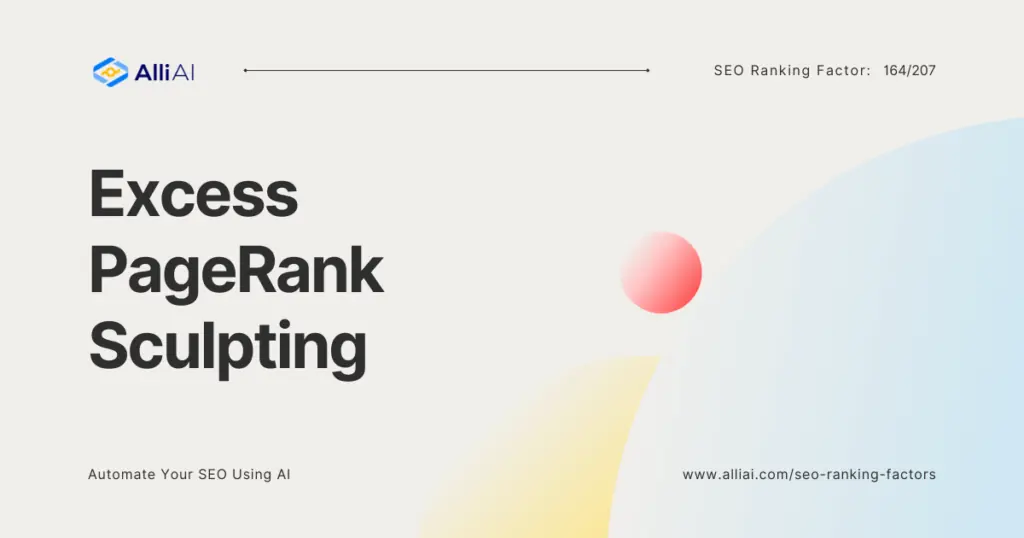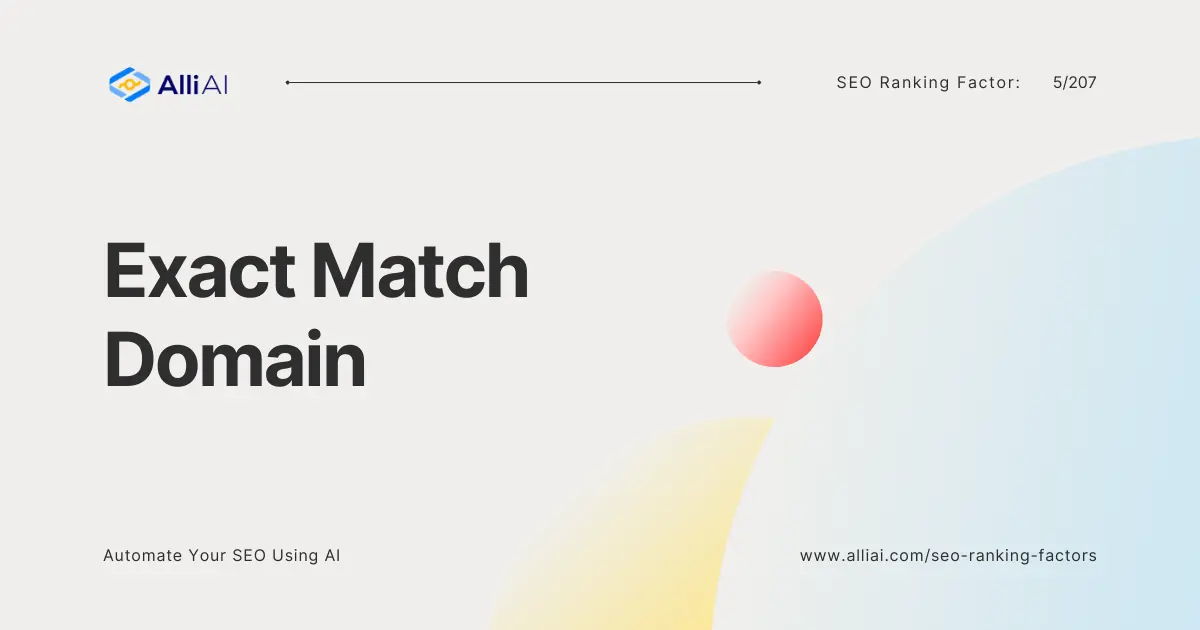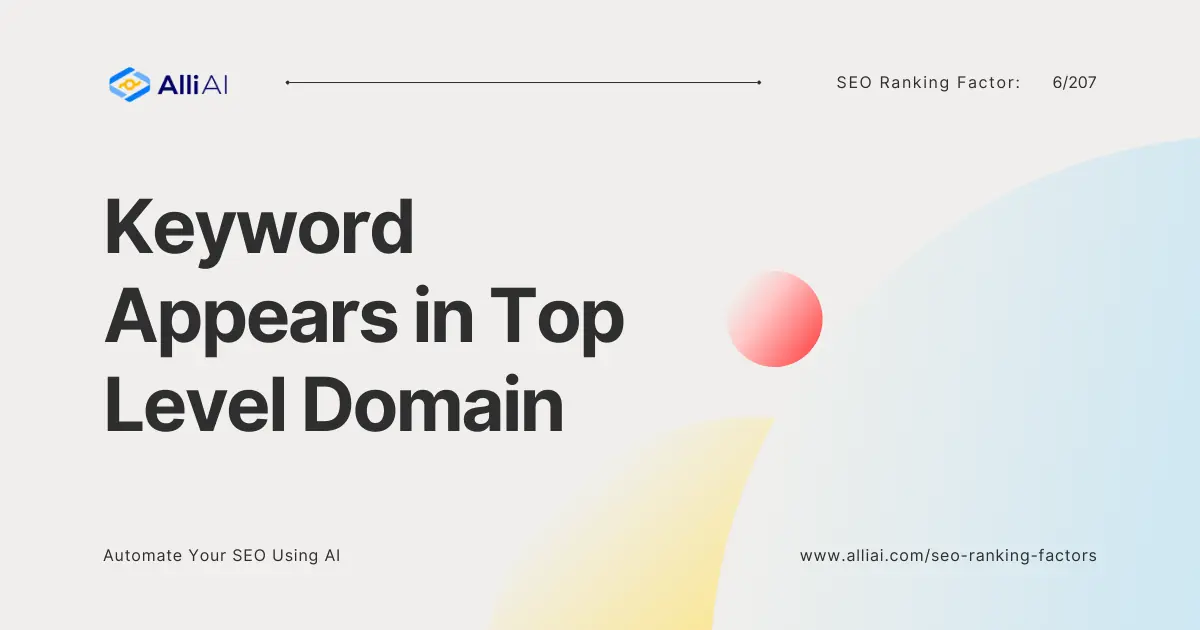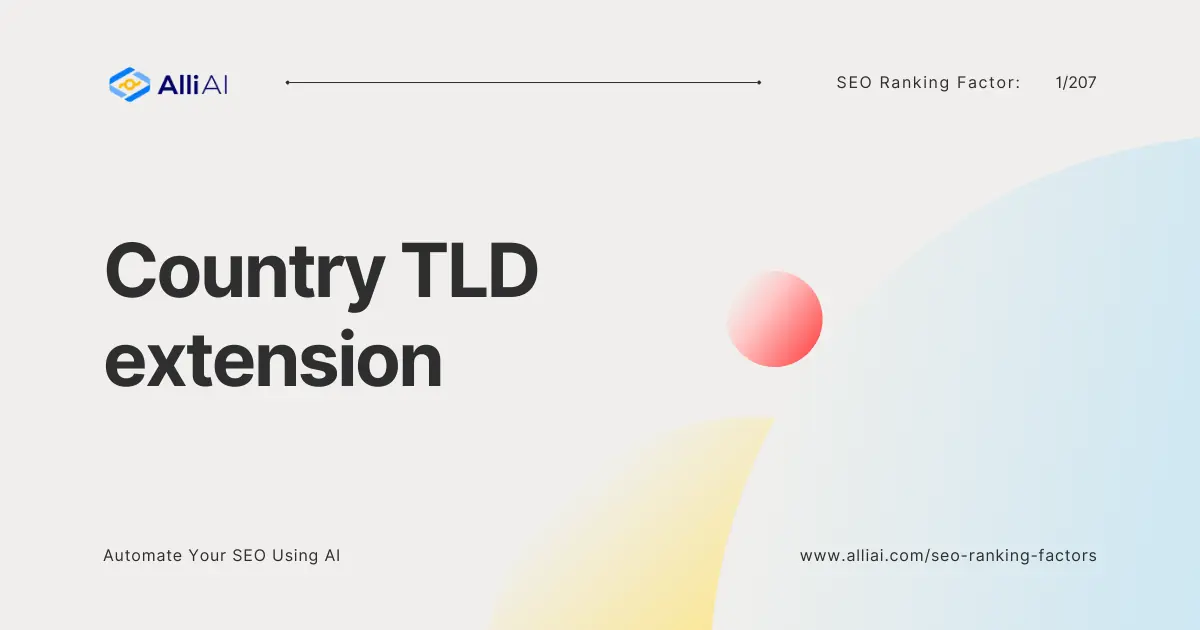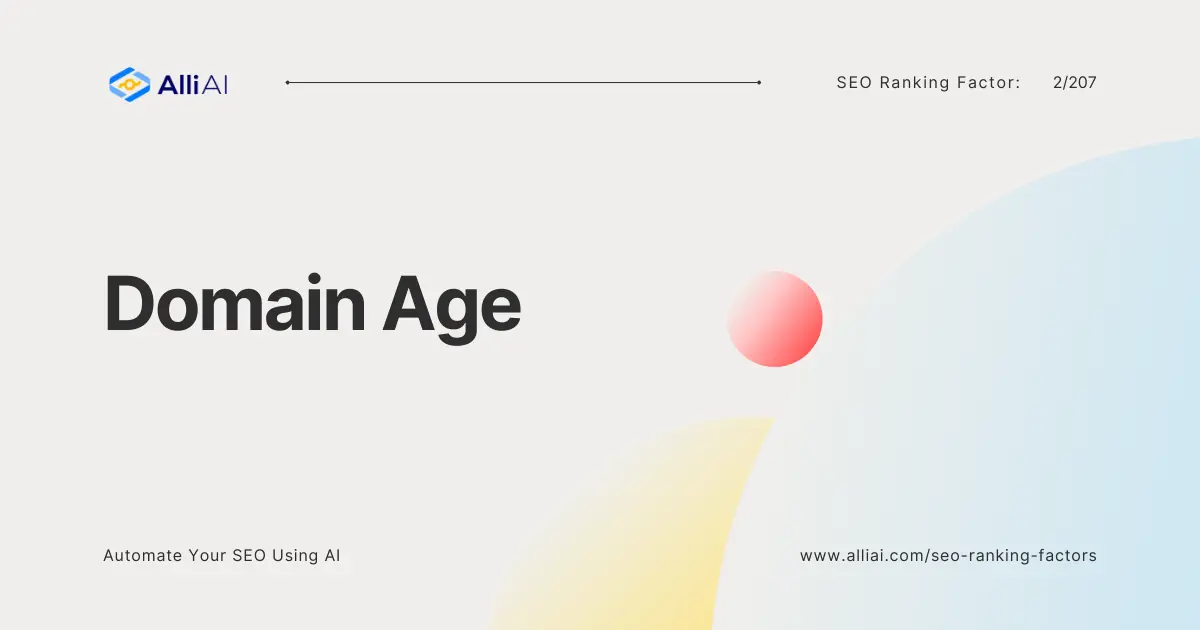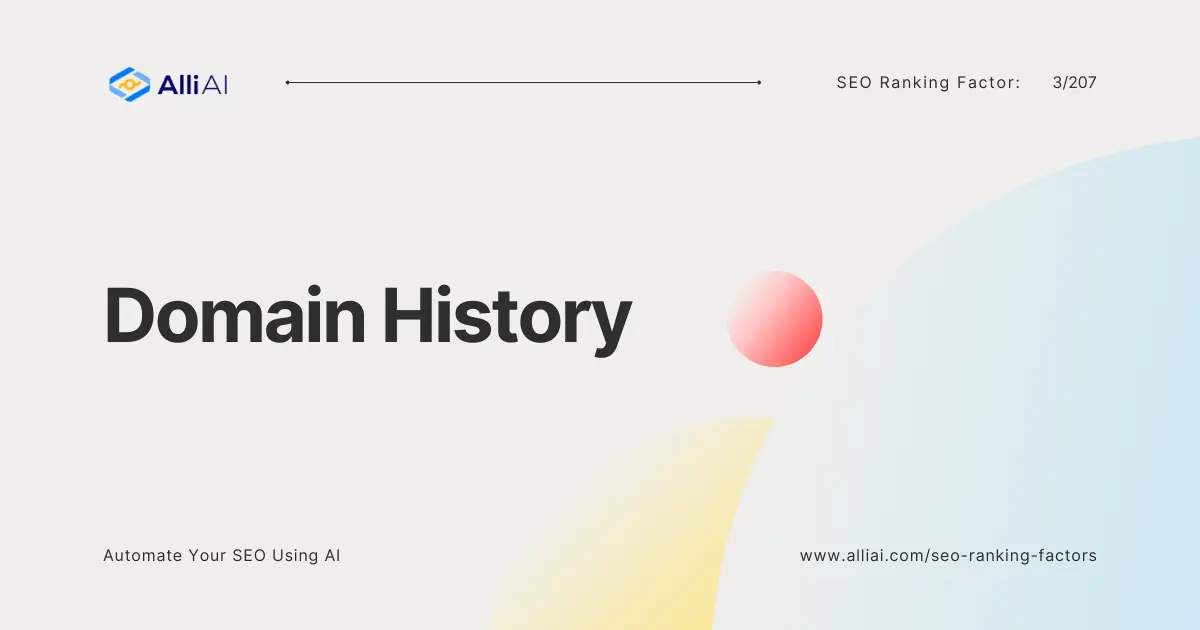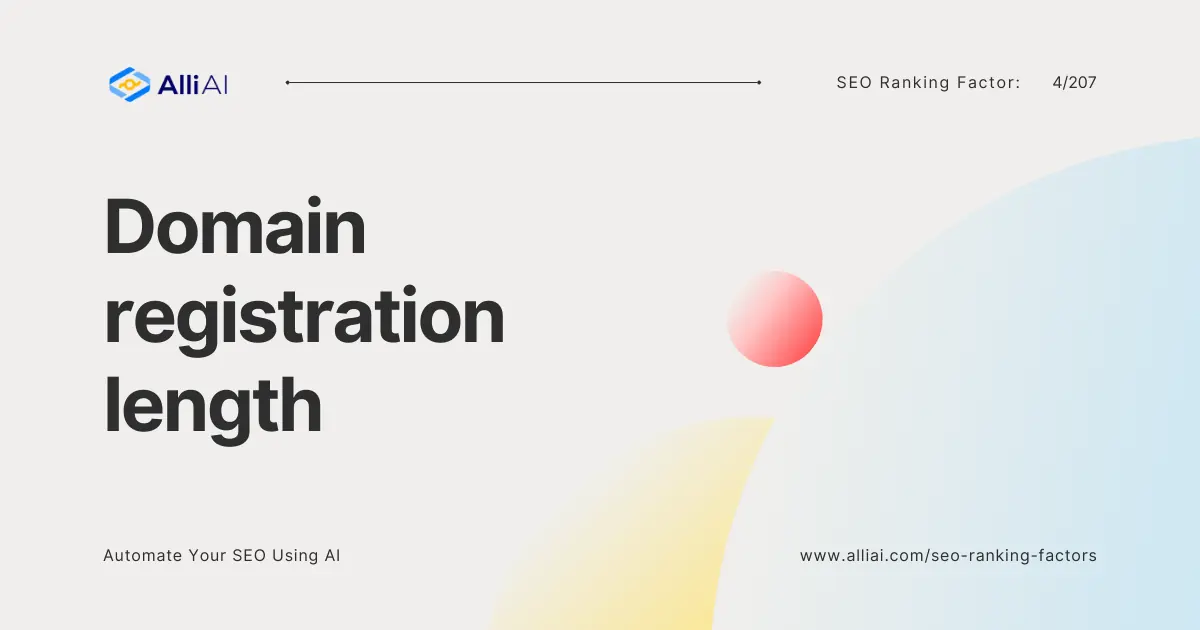Excess PageRank Sculpting
PageRank Sculpting, once a widely recommended SEO technique, involves controlling the flow of PageRank (a Google algorithm metric) around a website to prioritize certain pages over others. It’s akin to diverting a river’s course to irrigate selected fields more than others. In the realm of websites, this ‘irrigation’ focuses on directing more ‘link juice’ or authority to pages deemed more important, thus influencing their ranking in search engine results pages (SERPs).
Why is PageRank Sculpting Important in SEO?
PageRank Sculpting holds its importance in SEO for the strategic advantage it gives in managing a site’s internal link architecture. Properly executed, it can enhance the visibility of key pages, thereby increasing their chances of ranking higher in SERPs. It’s akin to giving specific athletes more intensive training before a competition, hoping they’ll win medals.
How PageRank Sculpting Affects SEO
– According to a Moz study, pages with higher PageRank consistently outperform those with lower PageRank in SERPs.
– Ahrefs research indicates that a well-structured internal linking strategy can lead to significant improvements in a site’s organic traffic, underscoring the potential impact of PageRank Sculpting.
Linking these stats to external sources like Moz ([https://moz.com/learn/seo/pagerank](https://moz.com/learn/seo/pagerank)) and Ahrefs ([https://ahrefs.com/blog/internal-links-for-seo/](https://ahrefs.com/blog/internal-links-for-seo/)) can provide further depth on how PageRank and internal linking strategies affect SEO.
FAQ
How does excess PageRank Sculpting impact a website’s SEO?
Excess PageRank Sculpting can have a detrimental impact on a website’s SEO. Google’s algorithms have evolved to recognize and penalize over-manipulation of links and PageRank. This over-optimization can lead to a decrease in a site’s overall organic search visibility.
What are the signs of excess PageRank Sculpting?
Signs of excess PageRank Sculpting include an unnaturally high number of internal links pointing to a select few pages, overuse of exact-match anchor text, and a significant portion of content not receiving any internal links. These practices can trigger search engine penalties or diminish the value passed through links.
How can websites avoid the pitfalls of excess PageRank Sculpting?
Websites can avoid the pitfalls by adopting a more holistic approach to internal linking, ensuring that links are distributed in a manner that appears natural and beneficial to users. Employing varied and contextually relevant anchor text, linking to a wide array of content within the site, and prioritizing user experience over search engine manipulation are best practices.
Conclusion
While PageRank Sculpting is an invaluable tool in an SEO professional’s arsenal for enhancing the visibility and ranking of key web pages, it’s crucial to practice it with moderation and strategic insight. Excess PageRank Sculpting can backfire, leading to diminished SEO returns and potential penalties from search engines. By adopting a user-first approach, ensuring a natural flow of PageRank across the site, and staying informed about SEO best practices and algorithm updates, websites can leverage PageRank Sculpting effectively without falling into the trap of excess. Remember, the ultimate goal of SEO is to enhance the user experience and provide value, with strategic PageRank management serving as a means to that end, rather than an end in itself.
